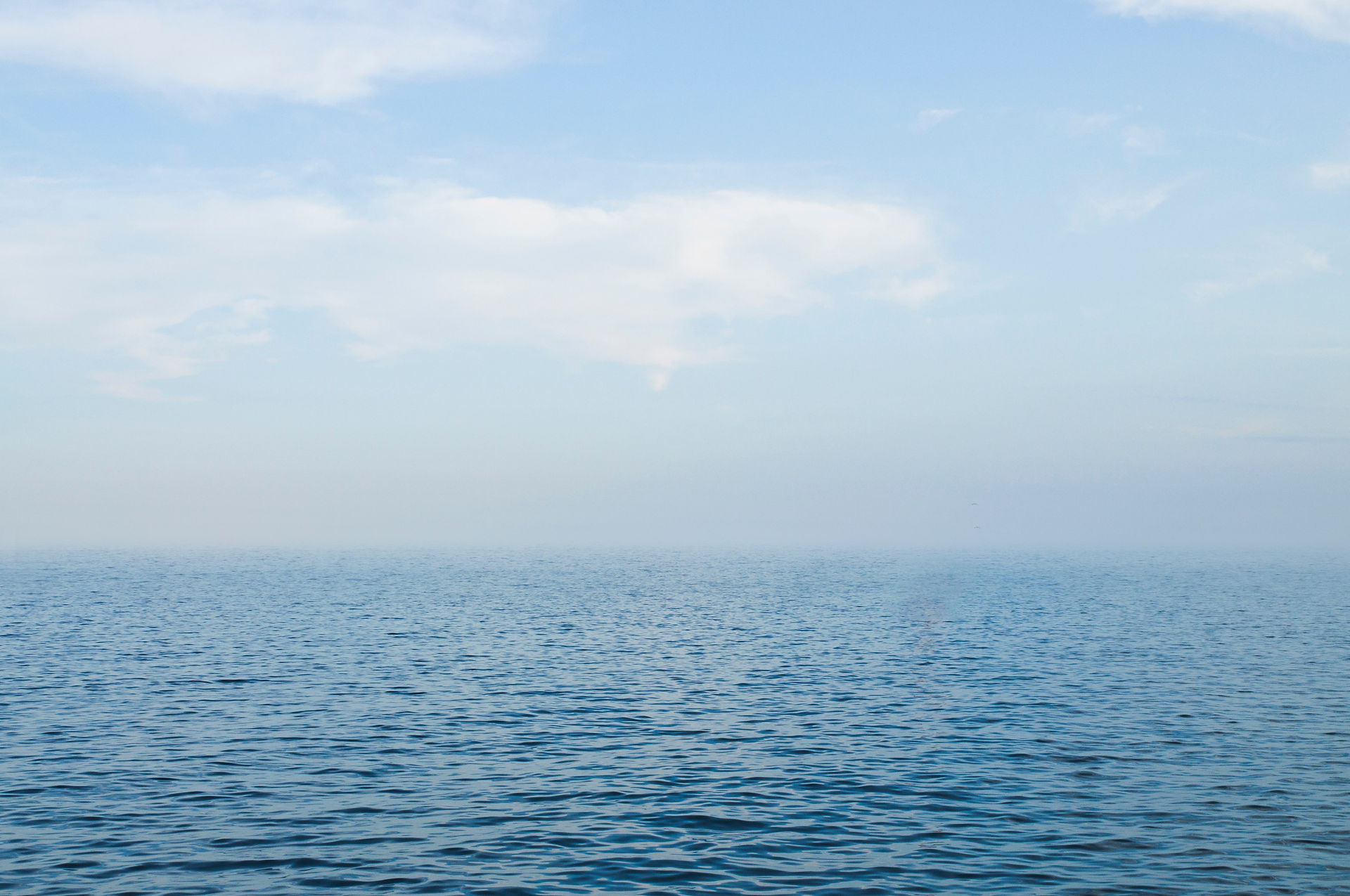
STEAM
Science, Technology, Engineering, Arts and Mathematics
STEAM - Carolyn Dooley
Are you looking for opportunities to incorporate more STEAM into your curriculum? Check out Worcester Art Museum and Newport Art Museum. Additionally, the RI School of Design Edna W. Lawrence Nature Lab is always a favorite for scientific illustration. These sites are inspirational for us as Visual Art Educators to bring to our own art and into our classroom studios.
When you are working with students, remind them that developing good drawing skills helps them in visually communicating what they observe. Skills in observation help with pattern recognition and the small details that might be overlooked. A visit to Worcester Art Museum for the STEAM tour will focus on Visual Thinking Strategies (VTS) so that students learn how to visually read a piece of art. For example, does the fruit in a still life from the 1700’s look noticeably different from today? Why? Perhaps it is because of chemical herbicides and pesticides that we use today? Perhaps is the genetic engineering that we are using to modify our food to make it more appealing or to ship better without bruising. Who is depicted in a portrait? How can we tell social status based on their clothing? Is it painted to look like a brightly colored velvet texture consistent with royalty or is it a neutral color with rough texture of burlap that a pauper might wear? This type of questioning allows you to go deep and promote solid visual skills.
What are you doing in your classroom that is rich with STEAM content? No matter how big or small the lesson, we are interested! To share, contact, carolyn.dooley@cumberlandschools.